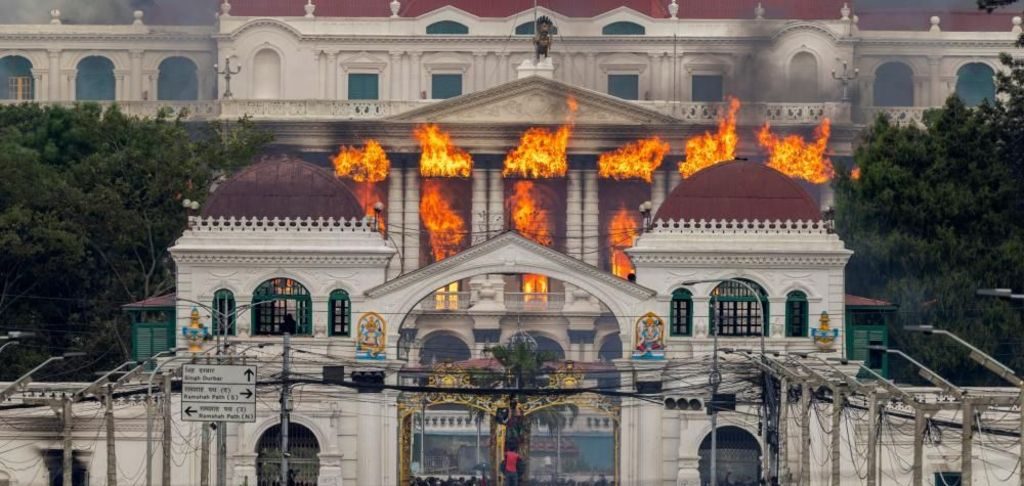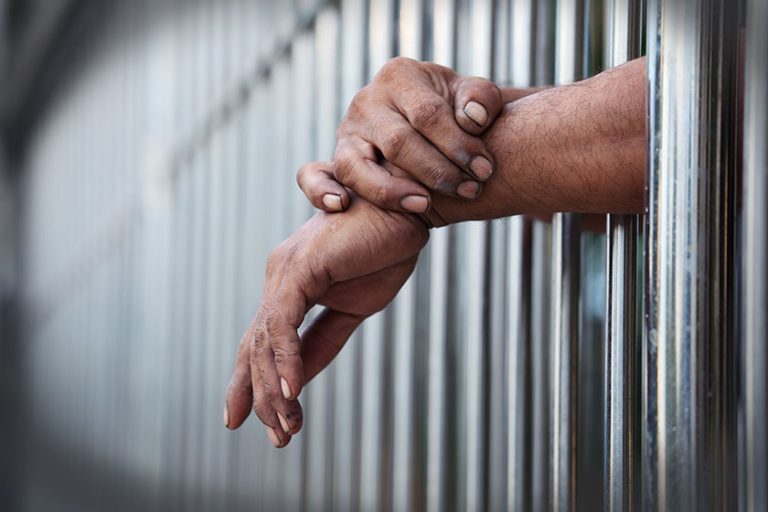- Prime Minister KP Sharma Oli resigned amid deadly protests in Nepal.
- Demonstrations were sparked by a social media ban and fueled by anti-corruption anger.
- 22 people have died, hundreds injured, and government buildings were set ablaze.
- 900 inmates escaped from prisons during the unrest.
- The protests are youth-led and spontaneous, with no central leadership.
- The army has warned it may intervene if violence continues.
- A new prime minister has yet to be named.
Nepal’s political landscape has been rocked by the resignation of Prime Minister KP Sharma Oli, following two days of violent unrest that left at least 22 people dead and hundreds injured. The protests, which erupted over a controversial social media ban, have spiraled into a nationwide movement demanding accountability and reform.
The initial trigger was a government order blocking 26 social media platforms, including those widely used by young Nepalis for news, entertainment, and business. Although the ban was lifted late Monday, the damage had already been done. Demonstrators flooded the streets, targeting corruption and the political elite.
On Monday, clashes near parliament in Kathmandu resulted in 19 deaths. By Tuesday, the unrest had spread across the country. Protesters torched government buildings, stormed political headquarters, and set fire to the homes of top leaders — including Oli himself. In the chaos, 900 inmates escaped from two western prisons, further deepening the crisis.
The protests have no clear leadership but are largely driven by Gen Z activists, many of whom rallied around a viral campaign exposing the lavish lifestyles of politicians’ children. The movement has tapped into long-standing frustrations over inequality, misuse of public funds, and lack of transparency.
With ministers reportedly seeking refuge in military compounds and the army warning of possible intervention, Nepal now faces a power vacuum. The president has accepted Oli’s resignation and begun consultations to appoint a new leader, but uncertainty looms.
For many young Nepalis, this moment marks a turning point — a generational uprising against entrenched power structures and a demand for a government that reflects their values.



